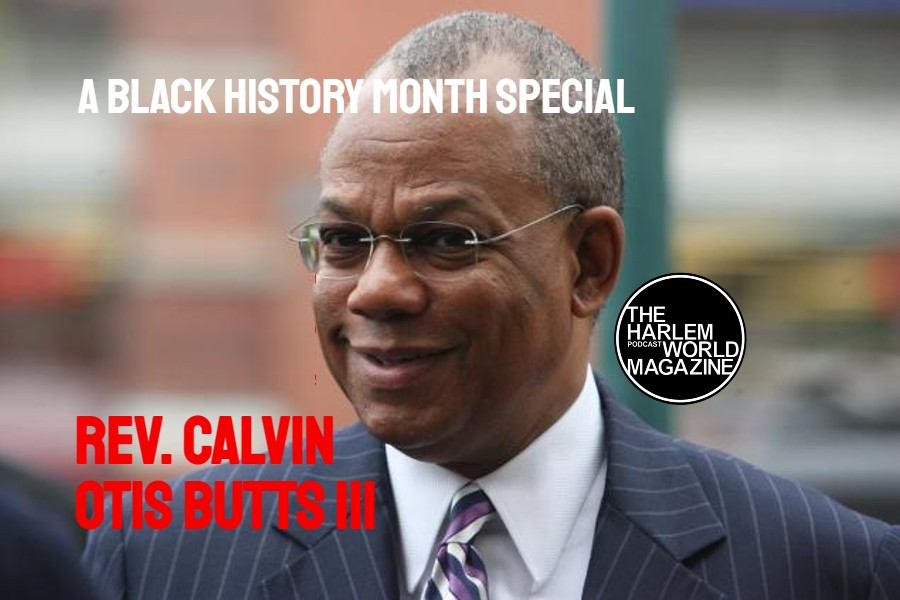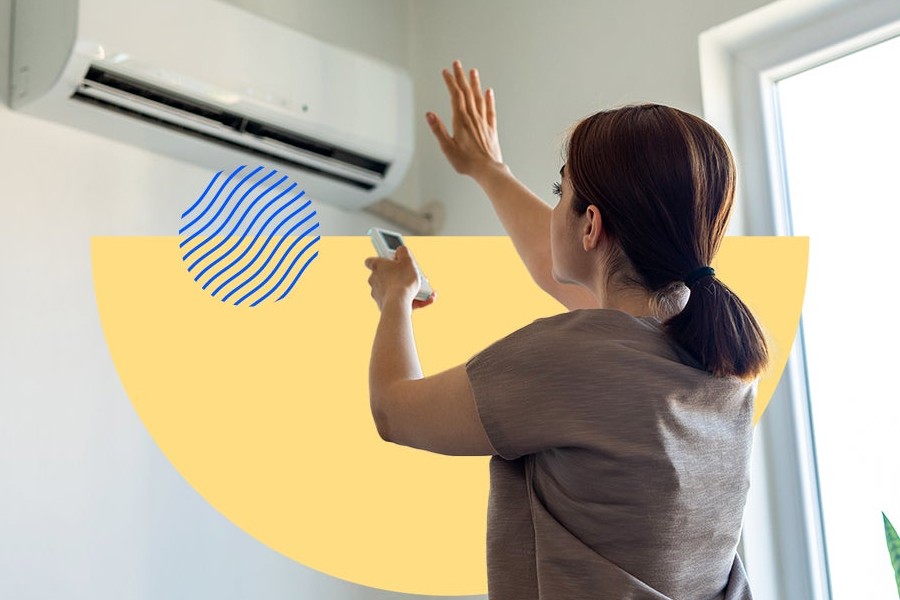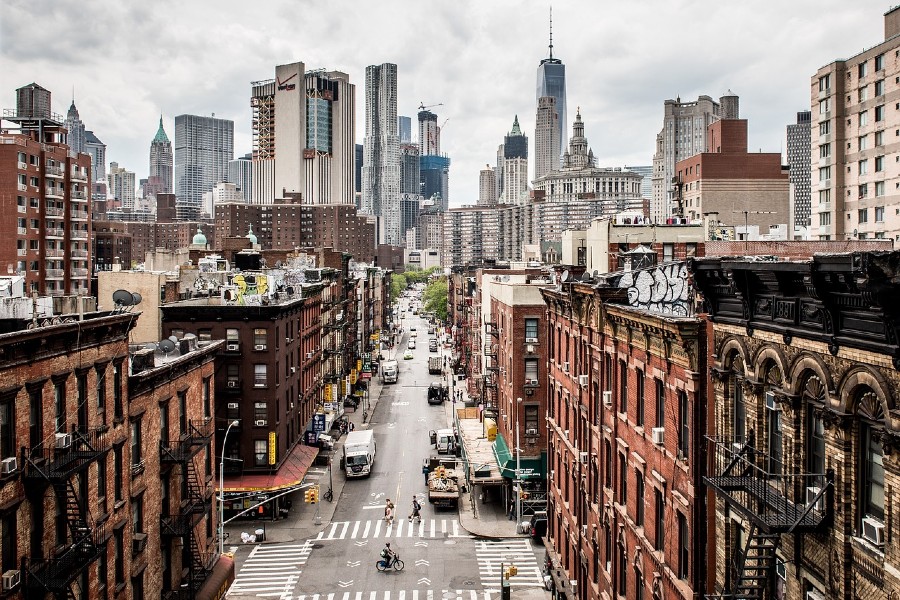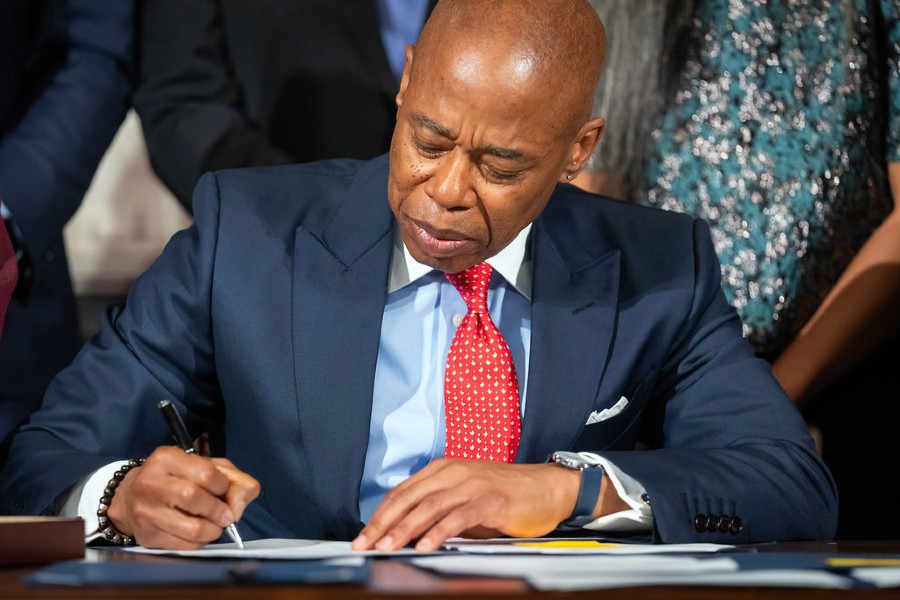 The Roman Catholic Benevolent Society, established in 1817, was the oldest charitable institution in the Archdiocese of New York. At that time parentless Catholic children were lost to the faith if they were taken in by Protestant orphan societies. From the beginning the society was administered by the Sisters of Charity. The first building, located at Prince and Mulberry Streets, opened with 30 inmates, but within a few years was overcrowded. In 1826 a new building was erected on Prince and Mott Streets, but by the 1840s, it, too, was badly overcrowded as was St. Joseph’s Half-Orphan Asylum on West 11th Street. In 1845, Archbishop John Hughes appealed to the city for land on which to build a larger facility, and was offered the entire block between Fifth and Madison Avenues from 51st to 52nd Streets. The deed, signed on August 1, 1846, directed that the rent would be one dollar per year as long as the property was used to house orphans. At that time, Fifth Avenue was not paved and the area was relatively uninhabited. A few years later, in 1852, Archbishop Hughes would purchase the block directly to the south for a new cathedal that was begun in 1858 but not consecrated until 1879.
The Roman Catholic Benevolent Society, established in 1817, was the oldest charitable institution in the Archdiocese of New York. At that time parentless Catholic children were lost to the faith if they were taken in by Protestant orphan societies. From the beginning the society was administered by the Sisters of Charity. The first building, located at Prince and Mulberry Streets, opened with 30 inmates, but within a few years was overcrowded. In 1826 a new building was erected on Prince and Mott Streets, but by the 1840s, it, too, was badly overcrowded as was St. Joseph’s Half-Orphan Asylum on West 11th Street. In 1845, Archbishop John Hughes appealed to the city for land on which to build a larger facility, and was offered the entire block between Fifth and Madison Avenues from 51st to 52nd Streets. The deed, signed on August 1, 1846, directed that the rent would be one dollar per year as long as the property was used to house orphans. At that time, Fifth Avenue was not paved and the area was relatively uninhabited. A few years later, in 1852, Archbishop Hughes would purchase the block directly to the south for a new cathedal that was begun in 1858 but not consecrated until 1879.
In 1851 the boys were moved into the new facility on Fifth Avenue. The first building had accommodations for five hundred boys and a trade school wing, built in 1893, provided accommodations for two hundred more. The girls’ wing, completed in 1870, held eight hundred. There was every facility for religious, moral and social training. It was not until 1886 that the last of the girls were moved from Prince Street and the old orphanage was converted into a parish school.
By the 1890s the midtown area had been developed and land values had increased enormously. Private institutions were enticed to sell their lucrative property and use the proceeds to relocate farther north. Nearby St. Luke’s Protestant Episcopal Hospital, located since 1846 at Fifth Avenue between 53rd and 54th Streets, sold its property and built a new facility on Morningside Heights in 1896. Columbia College, which built a new campus at Madison Avenue and 49th Street in 1857, moved to its present Morningside Heights site in 1897. About that time, a committee was formed to select a new site for the Roman Catholic Orphan Asylum.
In November 1898 the committee met at the Archbishop’s residence and decided to acquire from the Bailey estate a tract of about 28 acres, most of which was between Sedgwick Avenue and the Harlem River in the Fordham Heights section of The Bronx. Located on the highest point in New York City, the site served as a strategic vantage point during the Revolutionary War. In 1847, William H. Bailey, who was partners with P.T. Barnum (who lived on 152nd Street) of the Barnum and Bailey Circus fame, bought 26 acres of land as a country home for his bride. In 1899 the land was purchased for $290,000, and erection of the buildings began. The next year, in 1900, Archbishop Corrigan was given permission by the city and state to sell most of the asylum’s midtown property to developers for $2,100,000, although he retained the Boland Trade School that fronted Madison Avenue for his proposed minor seminary, Cathedral College. The proceeds from the sale paid for the new orphanage in the Bronx and provided a $1 million endowment for the orphans
The new Roman Catholic Orphan Asylum was built atop the summit of the high ridge immediately east of the Harlem River, about 140 to 190 feet above tidewater (see photo above). There were two buildings—one for boys, the other for girls—besides the old Bailey mansion. Each building was five stories high with a basement, measured 385 long by 50 feet deep, and had two wings 50 feet by 125, and a chapel. The new buildings provided accomodations for 1,600 inmates and were occupied in April, 1902, although they and the grounds were not completed until the next year.
With the passage of the Widows’ Compensation law in 1918, the number of orphans at the asylum was reduced to about 700, which was less than half of the capacity. In 1921, the Archdiocese sold the property to the Treasury Department, who planned to convert the facilities into a a hospital for ex-service patients suffering from mental and nervous disorders, and arranged for the transfer of remaining orphans to other facilities. The purchase was turned over to the newly formed U.S. Veterans’ Bureau by Executive Order on April 20, 1922. By adding several buildings throughout the years, the Bureau made the Bronx hospital the second largest V.A. facility in the nation, with a total of 1,663 beds, and the first veteran’s hospital in New York City.
Related articles

Become a Harlem Insider!
By submitting this form, you are consenting to receive marketing emails from: Harlem World Magazine, 2521 1/2 west 42nd street, Los Angeles, CA, 90008, https://www.harlemworldmagazine.com. You can revoke your consent to receive emails at any time by using the SafeUnsubscribe® link, found at the bottom of every email. Emails are serviced by Constant Contact






















